Advancing Automatic Knowledge Extraction with PubMiner AI
Ontotext
NOVEMBER 22, 2024
It uses the Retrieval Augmented Generation (RAG) approach , with a structured knowledge graph in the retrieval step and is hosted on the Databricks platform which provides smooth integration of processing resources on the cloud. It offers a comprehensive suite of features designed to streamline research and discovery.

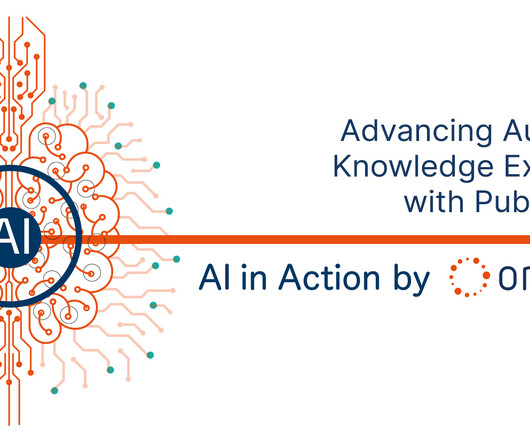
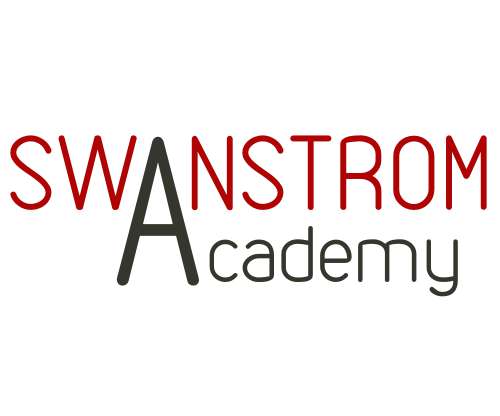

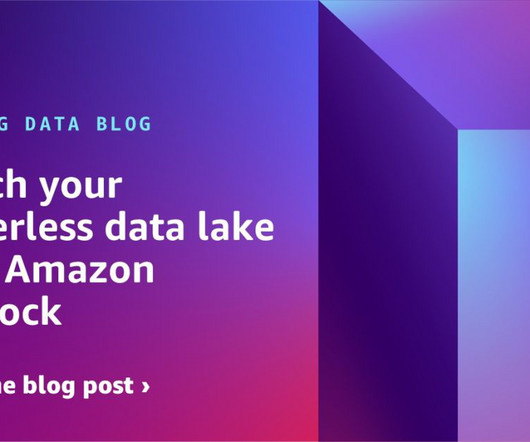
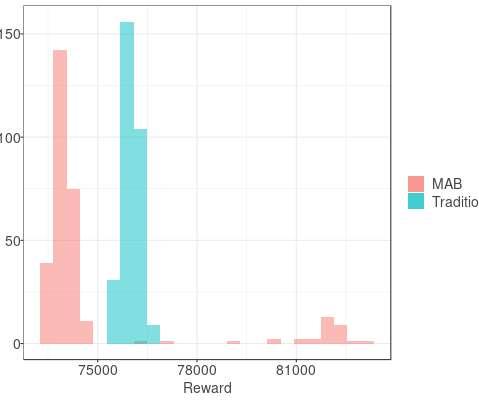
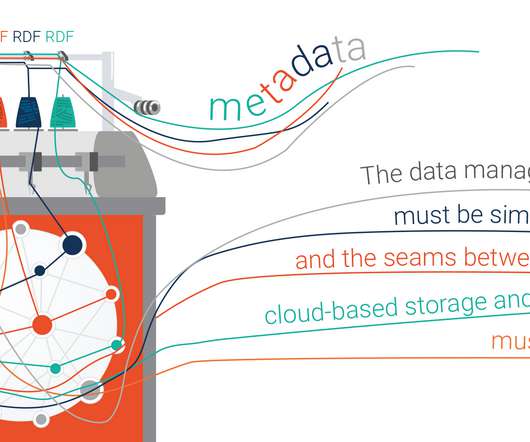
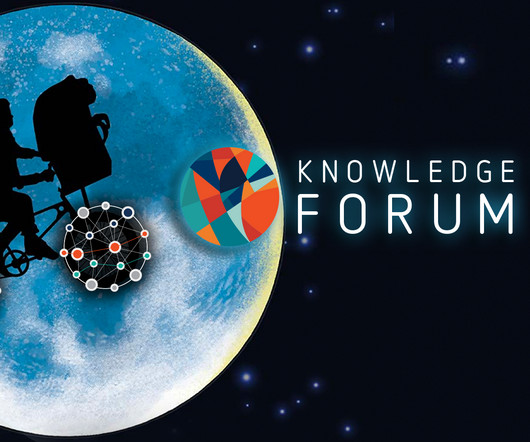
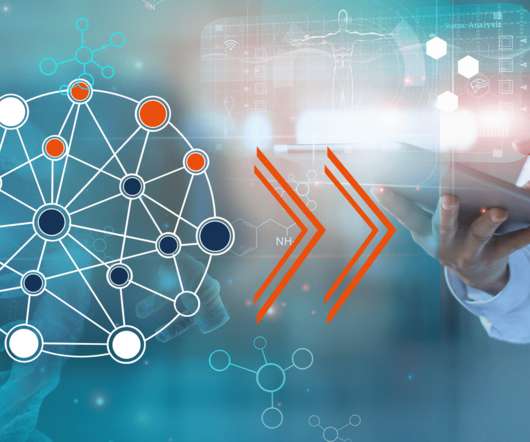
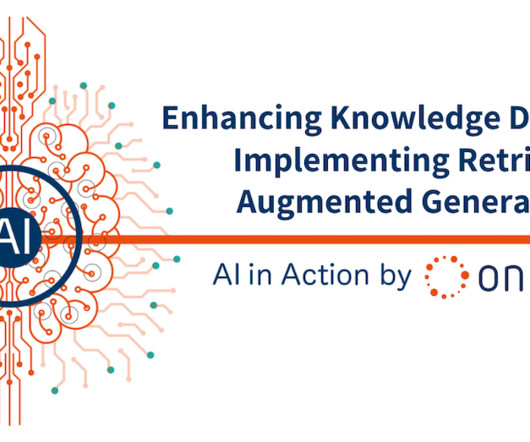








Let's personalize your content